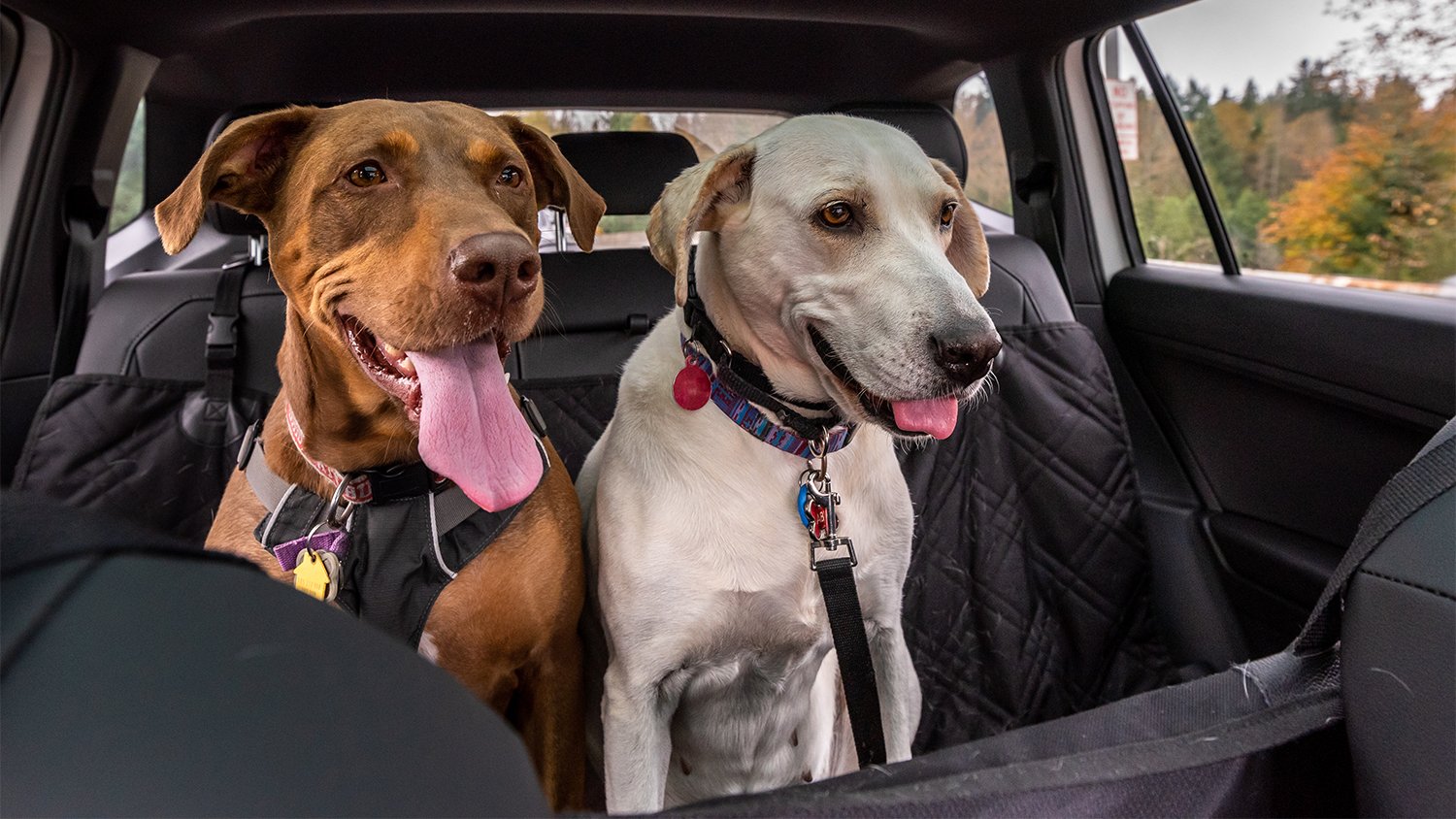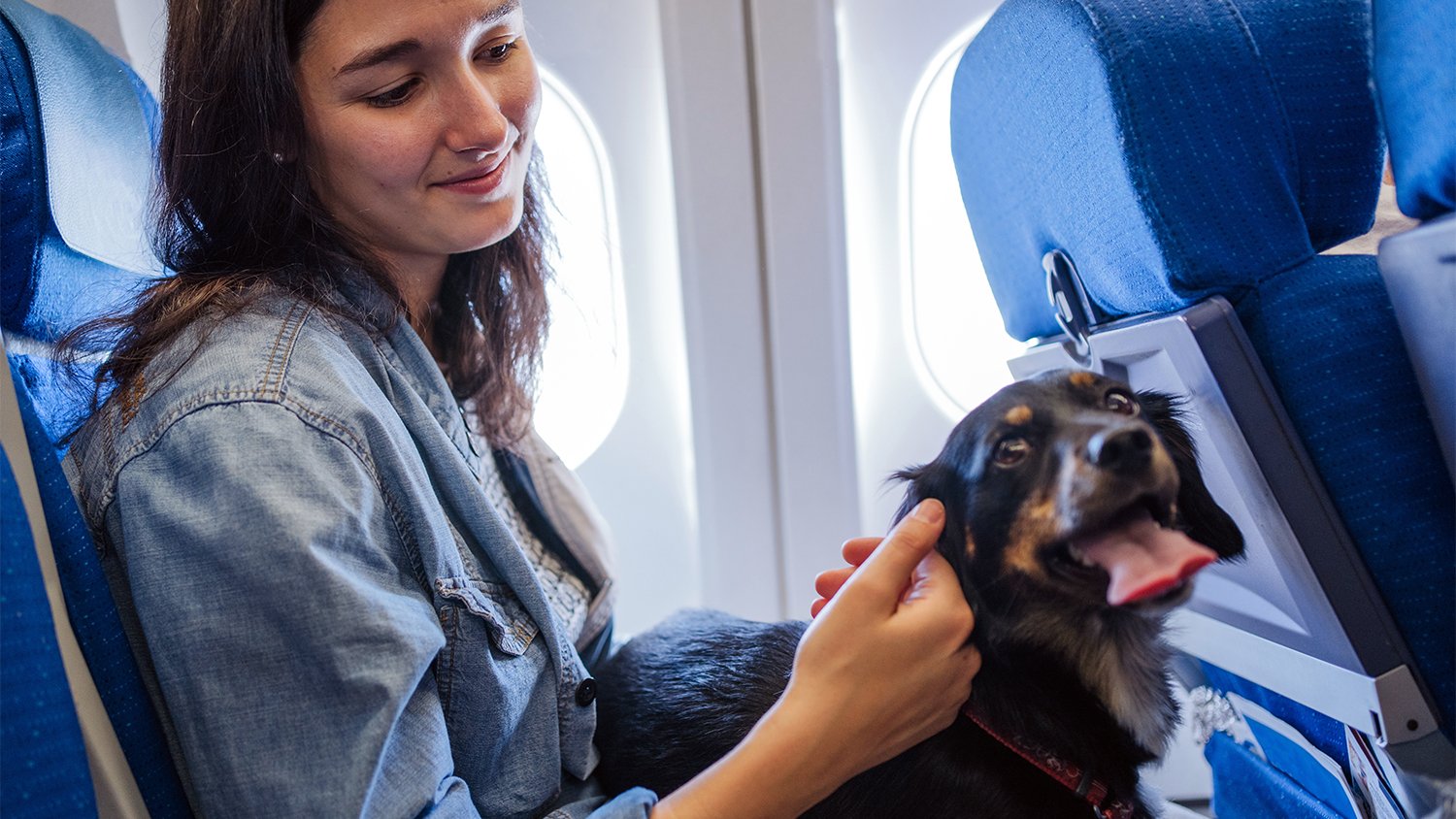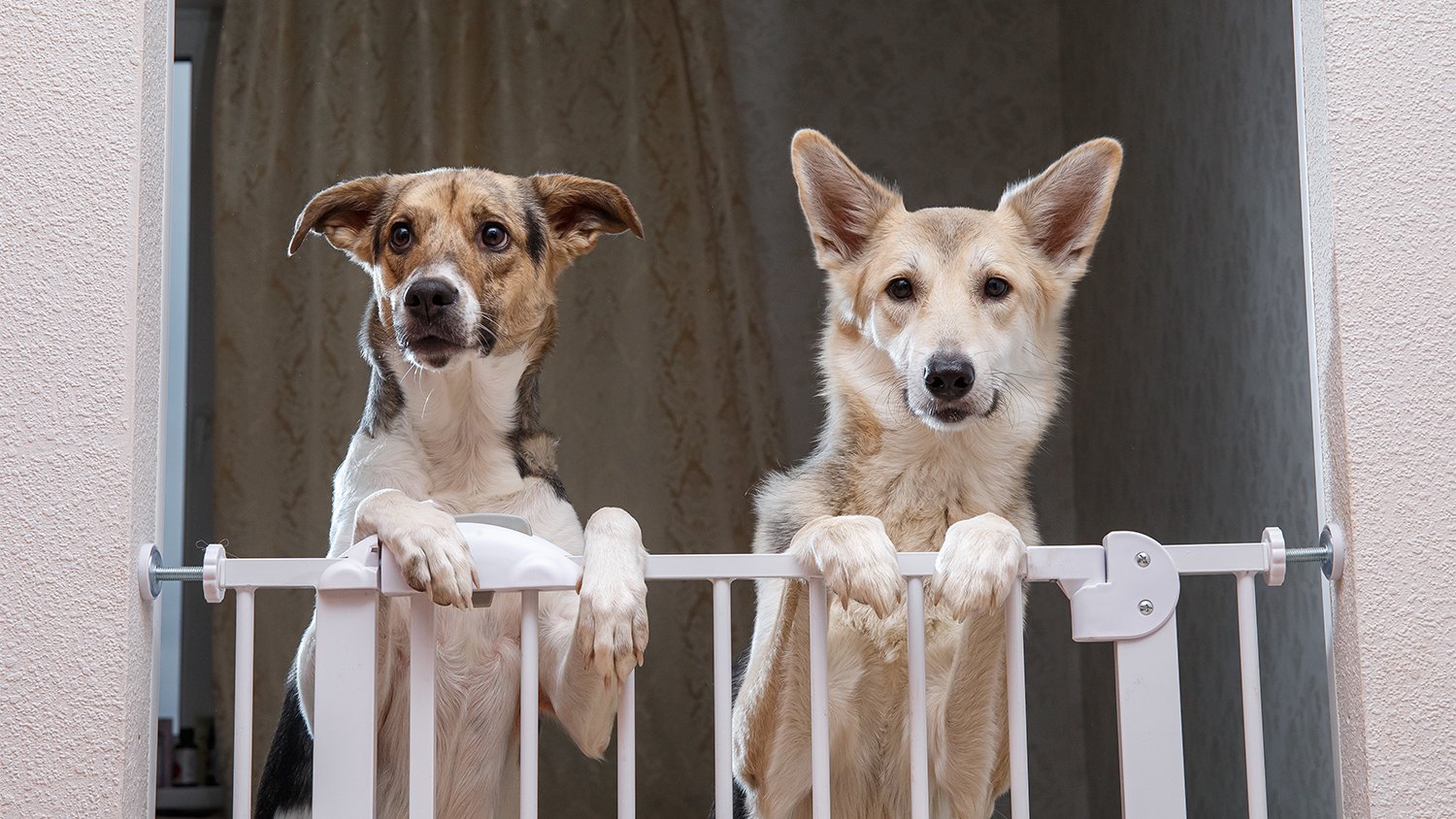
The cost range for renting a moving truck varies widely, so what can you expect to pay for your move? This cost guide breaks down all of the factors.
Keep your beloved pet safe and sound during your move


Relocating can be anxiety-inducing for our furry friends, but there are many ways to help pets remain stress-free and comfortable when moving. Ensuring your much-loved canine or kitty stays out of harm’s way while you’re transporting moving boxes or furniture should be a top priority.
Follow these tips for keeping your pets safe during a move, whether that's on the road, in the air, or your new pad.
If you're completing a long, out-of-state move, your pet must stay safe while on the road. There isn’t a federal law related to restraining pets in vehicles, but a handful of states have laws that require drivers to restrict pets while in motion. Some states also prohibit dogs from sitting in a driver's lap or in the back of an open truck bed.
Safely securing your pet during travel prevents them from distracting the driver and reduces the risk of injury. Pet harnesses and restraints also stop them from becoming a dangerous projectile during a crash or emergency stop situation.
If your pet is comfortable in a crate or carrier, that’s a good option. Dog and cat seatbelts are also available. Select a product that has been crash-test certified by the Center for Pet Safety to offer your pet the most protection.

The peak moving months are typically July, August, and September, so keeping your pet cool and hydrated during transit is a top priority. On the road, keep a non-spill water bowl filled with water, or consider using a cooling mat or coat to keep them from overheating. Alternatively, a cool canine is one of the many reasons why moving in the winter might be the best option for you.
Most importantly, don’t leave your dog in the car unattended during service station stops. Temperatures in a car rise rapidly on hot days, and dogs can’t regulate their temperatures as well as humans. Serious illness or fatal heatstroke is possible in less than ten minutes.
Don’t forget to consider the temperature at your new home, too. Is the new AC unit operational? Do you have fans packed that are easy to access? Your pet may already be panting more than normal because of the stress of their new surroundings, and being too hot will exacerbate the situation.
If your dog could fill a bucket with their drool or gets sick whenever they get in the car, they are likely suffering from motion sickness. When planning a long journey as part of a move, don’t feed your pet for at least three hours beforehand, but don’t restrict access to water.
You can also aid their motion sickness by leaving the windows open to help balance the air pressure, and bring a special toy to comfort them. If your pet’s motion sickness is severe, you may need to speak with your veterinarian about pharmaceutical options.

Do you have to fly with your pet? There’s lots of research, paperwork, and airline policies to consider.
Some owners worry about how their pet will cope on a long flight, and, in the past, tranquilizers were a common solution. However, the American Veterinary Medical Association strongly advises against sedating cats or dogs during air travel because it increases the risk of heart and respiratory problems.
Instead, get your pet comfortable with their in-flight accommodation in advance, speak to your vet about appropriate calming medication, and consider products like anti-anxiety shirts. A road trip may be safer and less stressful for anxious pets, especially for brachycephalic (short-nosed) breeds like Pugs, French Bulldogs, or Persian cats that are already prone to respiratory challenges.

During the move-in and move-out process, a constantly open door and unusual activity means the risk of a runaway pet increases. Having your pet on the loose at any time isn’t a good idea, but it’s even worse in an unfamiliar area when stress levels are high.
To keep your pet contained during the move, some people choose to hire a pet sitter or a loved one to look after their furry friends. Alternatively, you can contain them in a secure room or behind a baby gate until all the commotion is over.
Before giving your pet free rein in the new house and yard, make sure common household hazards are out of your pet’s reach. Some things to consider include:
Block off or dig up plants poisonous to pets
Remove hazards like pesticides, solvents, and antifreeze
Keep cleaning supplies, such as bleach, out of your pet’s reach
Ensure window screens and yard fences are secure
Tidy up trailing electrical cords
It might not be high on your list of priorities during a stressful move, but updating your pet’s microchip details is a simple task that should take less than ten minutes. Pets that escape from a new house are less likely to find their way home and could be in heightened flight mode in an unfamiliar area. Remember to update your pet’s microchip data before settling into your new home.
While on the subject of new neighborhoods, keep in mind that you should keep your pets secure while they get to know their new location. It’s a good idea to keep your dog on leash initially (even if leash laws are relaxed and they have a reliable recall) and an outdoor cat indoors until they are familiar with their surroundings.
From average costs to expert advice, get all the answers you need to get your job done.

The cost range for renting a moving truck varies widely, so what can you expect to pay for your move? This cost guide breaks down all of the factors.

How much do hot tub movers cost? Find out the average prices for professional hot tub movers, whether you’re moving it on your property or to a new home.

If you’ve ever tried moving a pool table, you know it’s a big undertaking. Here’s an overview of what factors into the cost to move a pool table.

Moving your mattress can seem daunting, but you can transport it quickly with some careful preparation. Learn how to move your mattress using this helpful guide.

Shoes can get scuffs, bends, creases, or crushed during transit. Learn how to pack shoes like a pro so they arrive in spectacular shape at your new home.

Meta: Moving long distance can be stressful, but it’s much easier with the right interstate moving company. Read on to learn how to find long-distance movers.